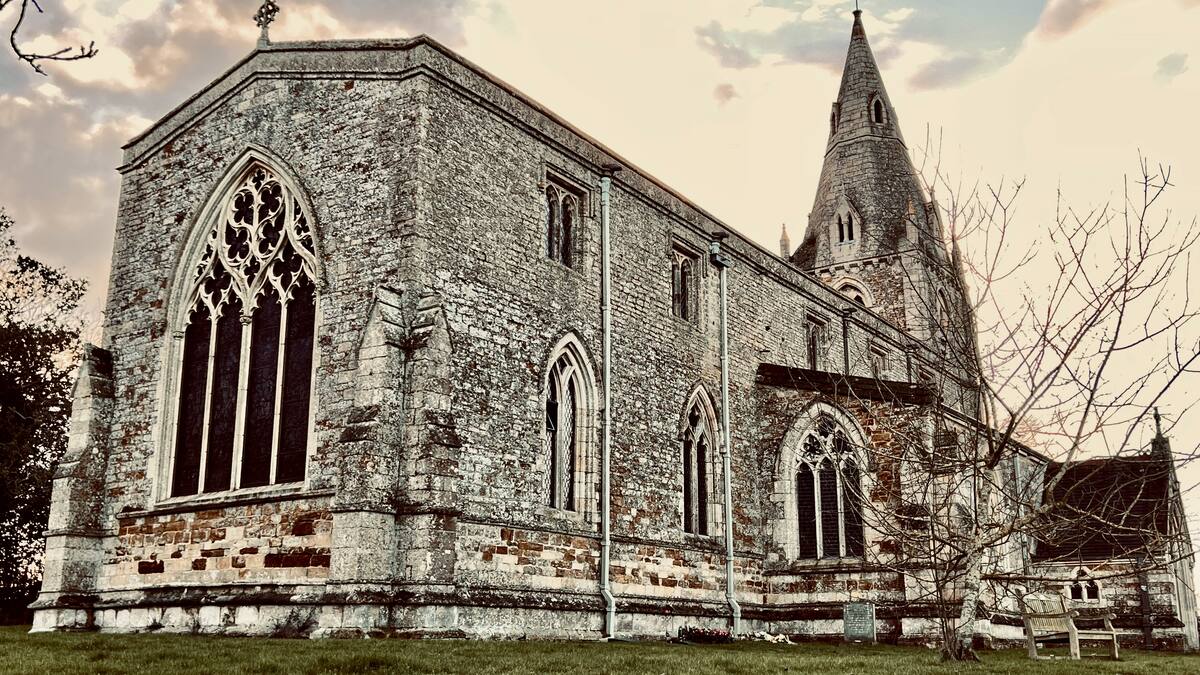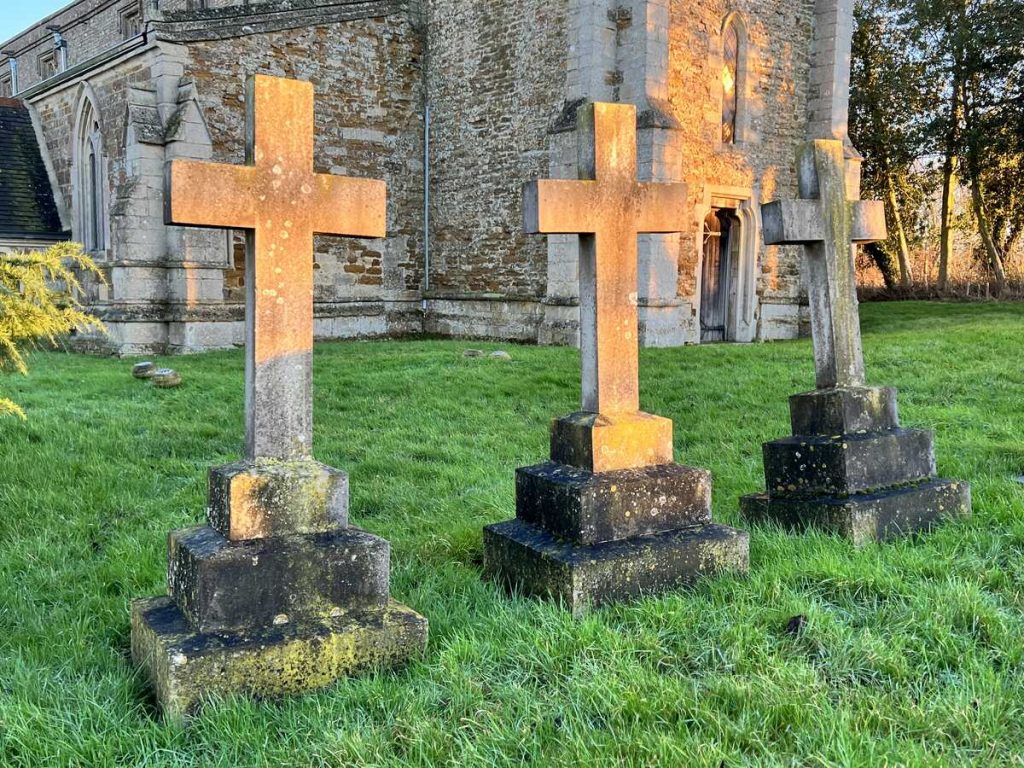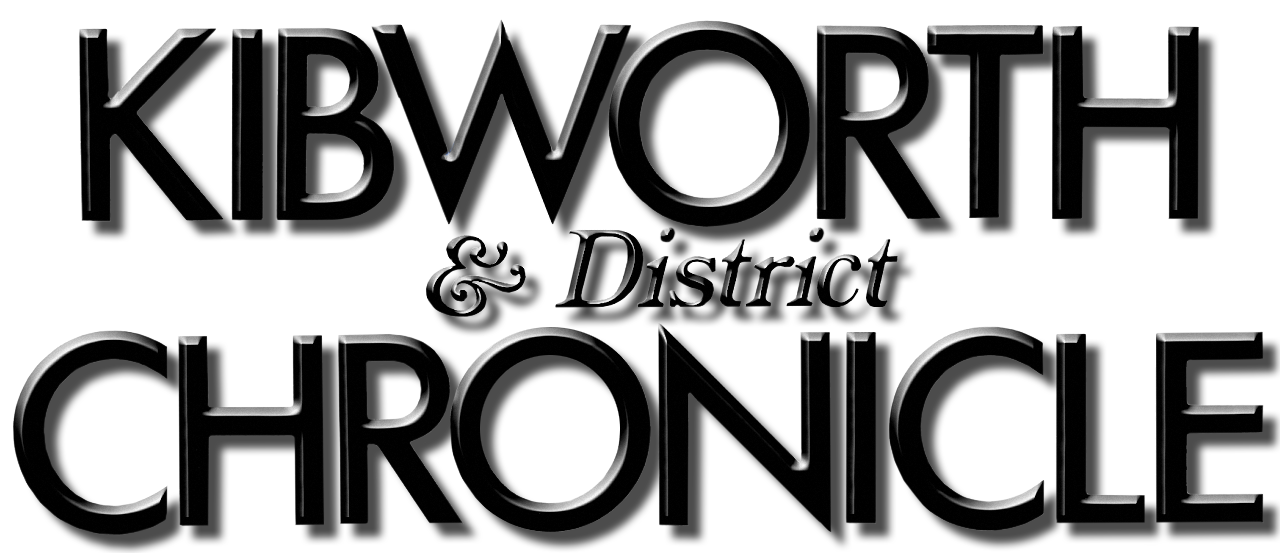Our District Churches No.19 – St Leonard, Thorpe Langton

Four miles north of Market Harborough lies the small village of Thorpe Langton, whose name translates to ‘long town’ in Anglo-Saxon. During the early 19th century, the census records indicated a population of 215 individuals residing in the village in 1821. This figure gradually declined to 83 by 1881 but has since experienced a modest resurgence, with a recorded population of 231 as per the 2021 census.
The Church of Langton served as the primary ecclesiastical centre for the chapel at Thorpe Langton. Both churches were granted to Leicester Abbey during the 12th century. Notably, there was no resident rector at Thorpe Langton. However, it appears that by the 19th century, it had become customary for the rector’s curate, residing at Church Langton, to serve the parish of Thorpe Langton. Until the late 19th century, there was no burial ground in the area, as the rights to burial were vested in the mother church. As at Tur Langton, the inhabitants of the village petitioned the archdeacon in 1832 to consecrate the yard in which the chapel stood. After a restoration in 1868 by Joseph Goddard, the reopening of the churchyard was reported by the Leicester Chronicle and Leicester Mercury. The article, published on August 15, 1868, stated that the churchyard was not currently in use for burials and posed the question of why it should not be consecrated and utilized for burials. The earliest memorial in the yard dates back to 1875, suggesting that burials did not commence until approximately 43 years after the petition to the archdeacon and 7 years after the newspaper article.
The present church dates to the late 13th and early 14th centuries. The west tower, featuring a broached spire and pinnacles, is likely from the late 13th century. The church comprises a north and south aisle, nave, and chancel. The clerestory was added to both the nave and chancel in the late 15th century, accompanied by a low-pitched roof. The pitch of the earlier nave roof is still visible on the tower. The junction of earlier masonry with that of the clerestory in the chancel, along with the disproportionate height of the east window in the south aisle, suggests that the side walls may have been lowered before the clerestory was added.
Joseph Goddard completed a significant restoration in 1868. Under Goddard’s supervision, the porch was relocated from the south side to the north side. However, it is uncertain whether the north aisle was actually rebuilt, but substantial work was undertaken during that period. Stanyon of Market restored the church’s stonework, rebuilt the east end of the chancel, and executed an excellent restoration of the 15th-century font. Loveday of Kibworth installed a new roof based on the 15th-century design, restored the ancient pulpit, and rebuilt the screen using salvaged oak from the roof, creating an intriguing example of local craftsmanship.
The fine east window by Heaton, Butler & Bayne probably dates from the same date. The font is 15th century, octagonal with tracery motifs on shaft and bowl. The church is locked. Although its interior is rather plain and lacks grand monuments like those of its neighbours at Church Langton and nearby Welham, the full-length clerestory extending into the chancel enhances the church’s refined and symmetrical appearance, making it a visually appealing structure.





 Former Trustees of KCH Return
Former Trustees of KCH Return

